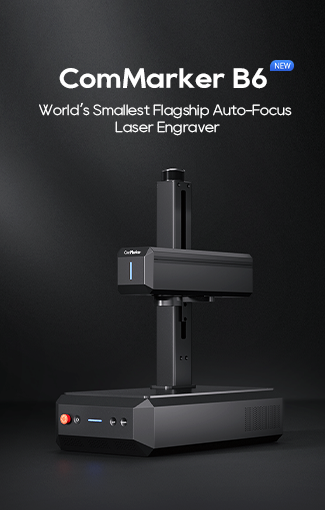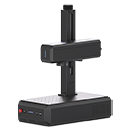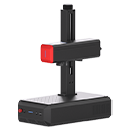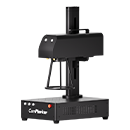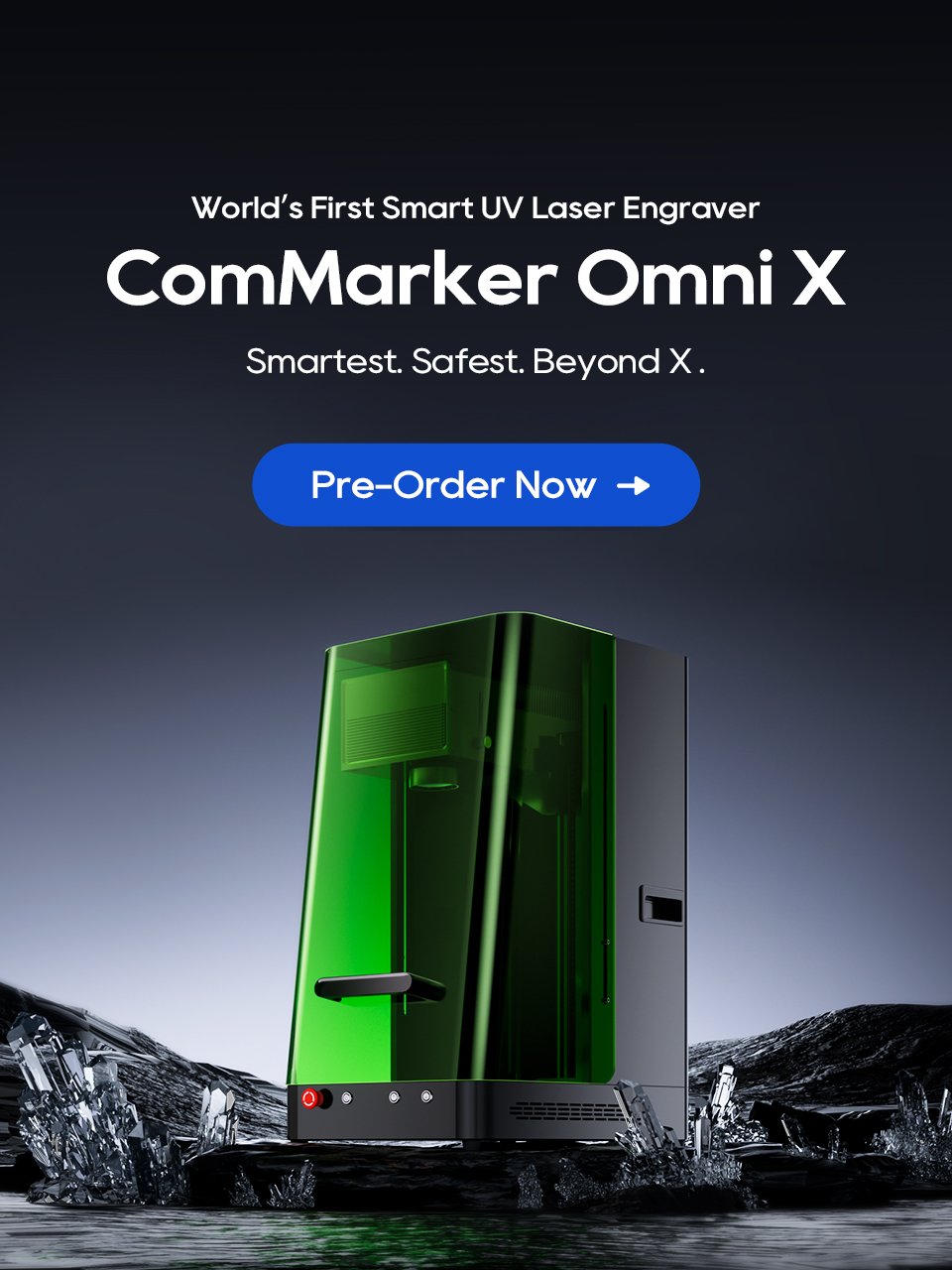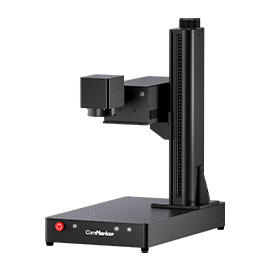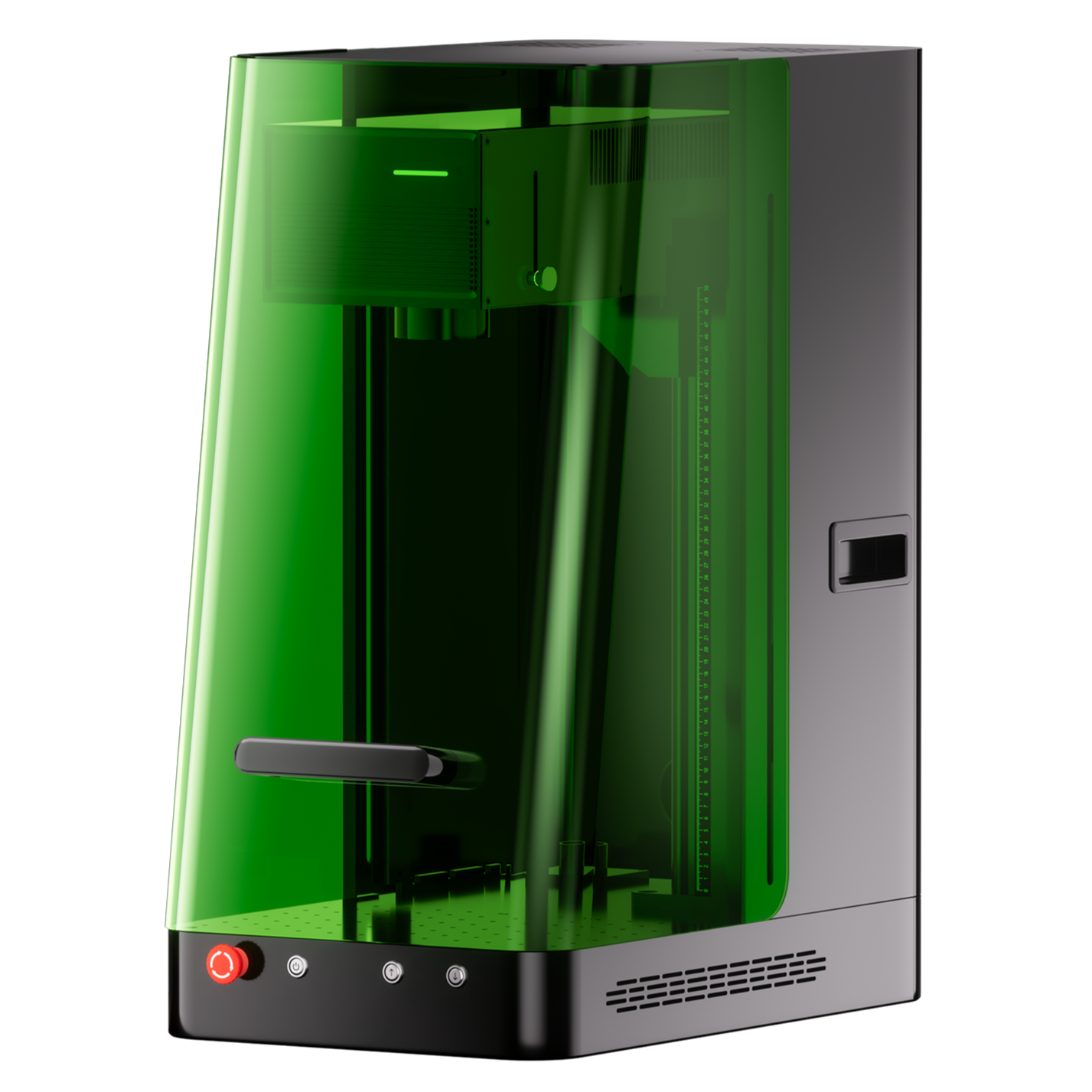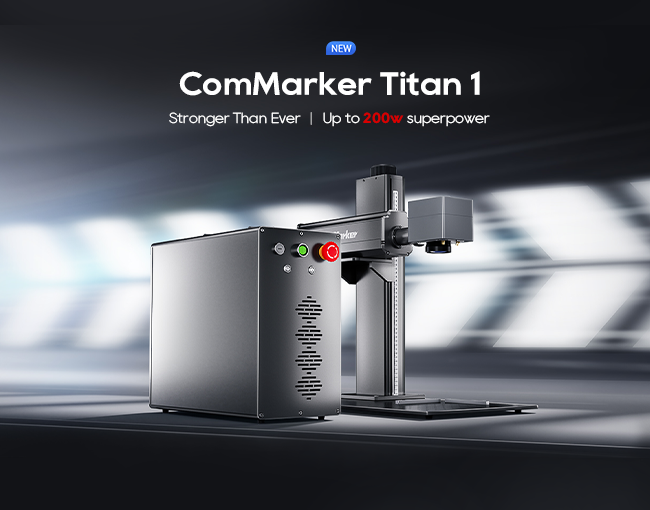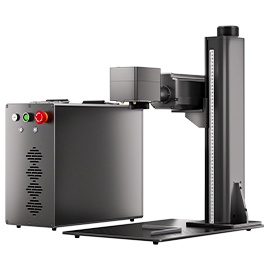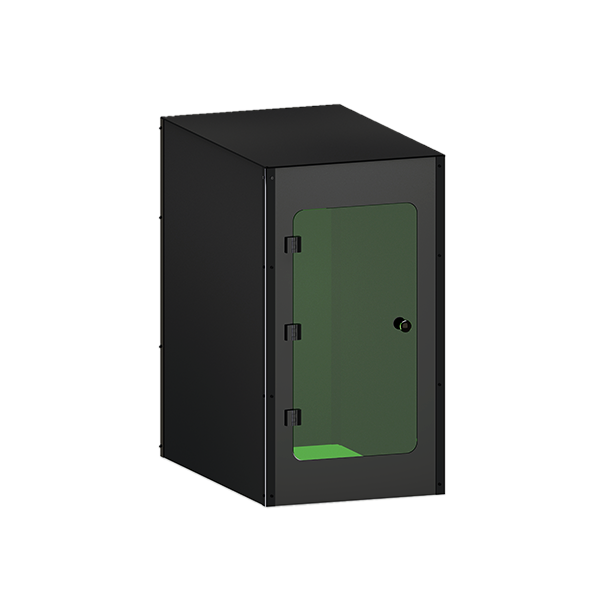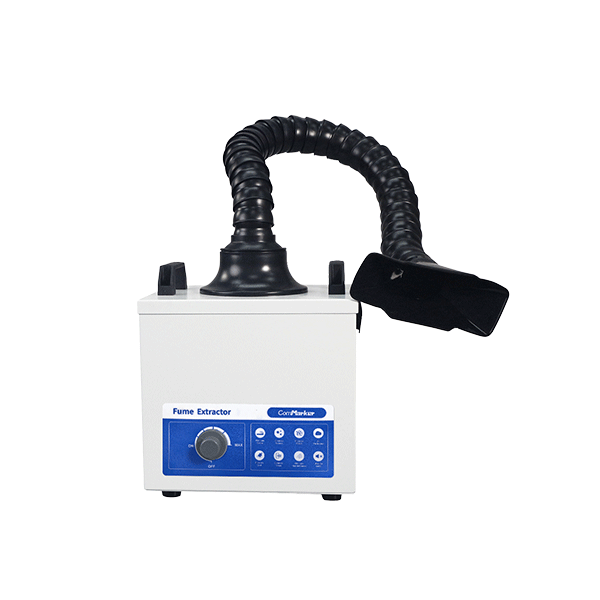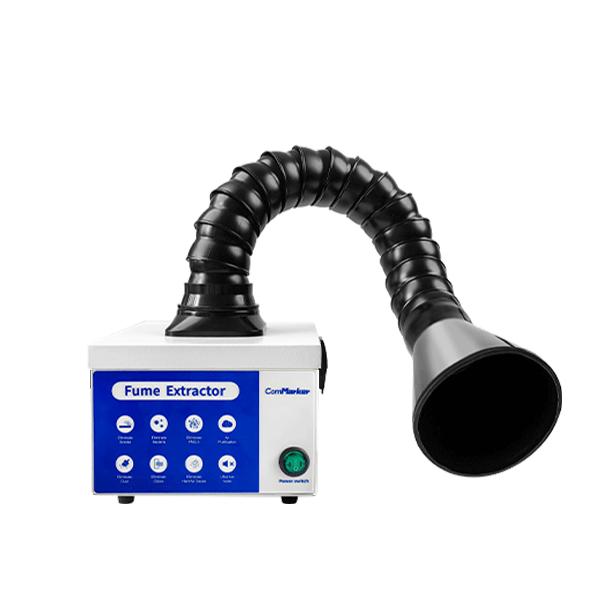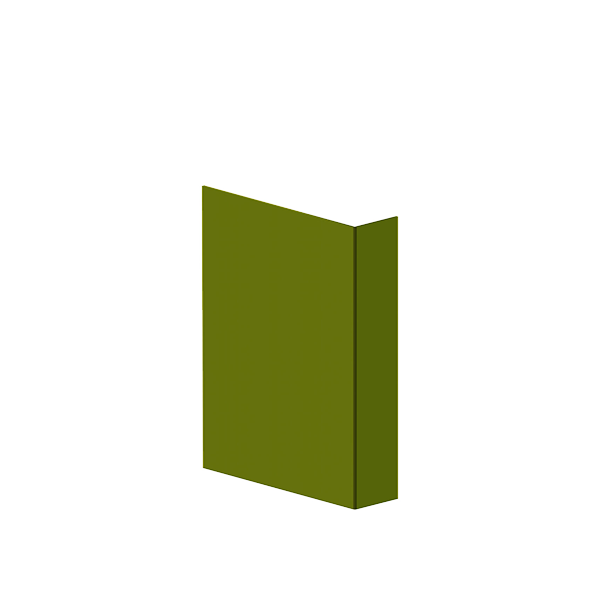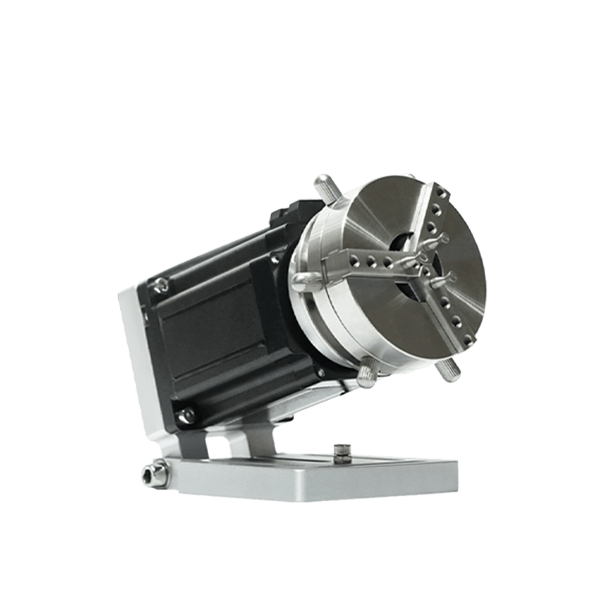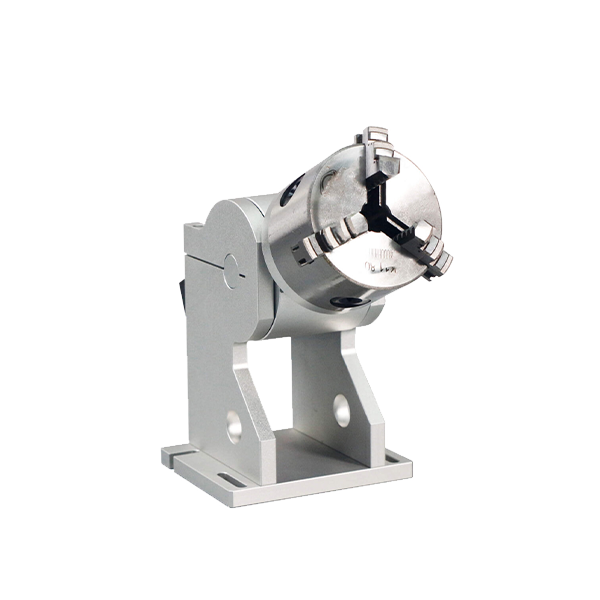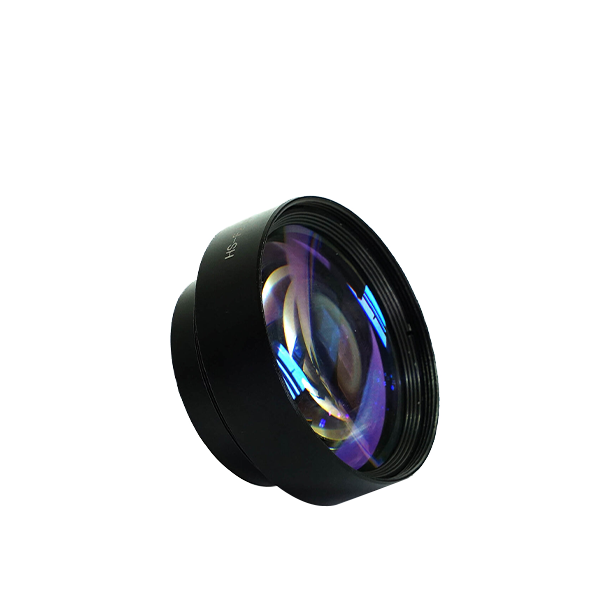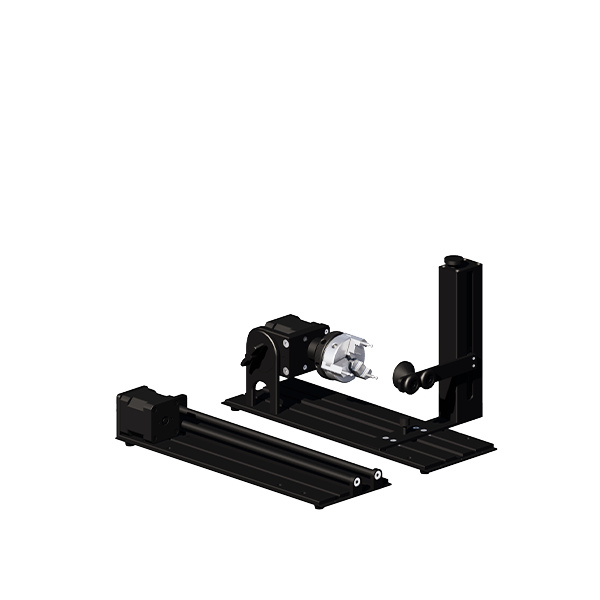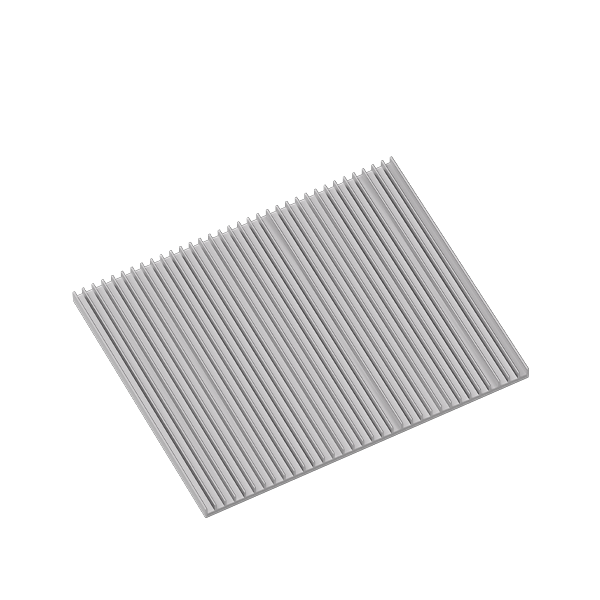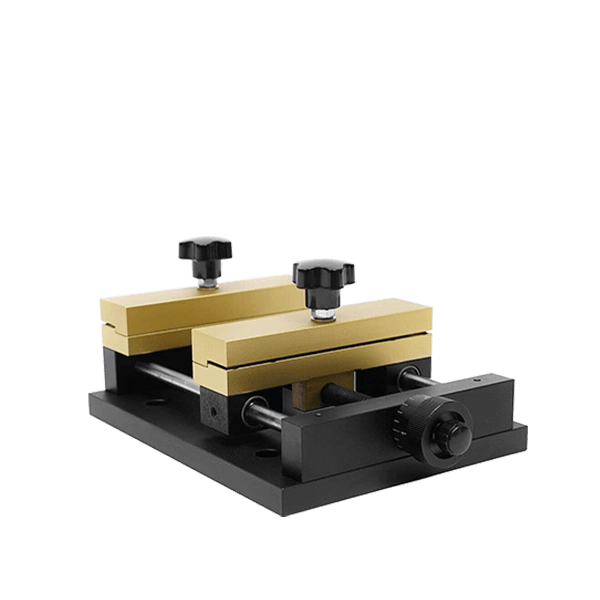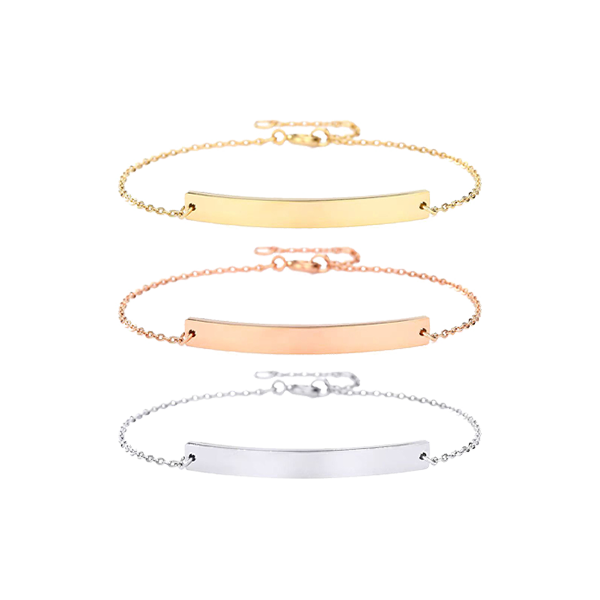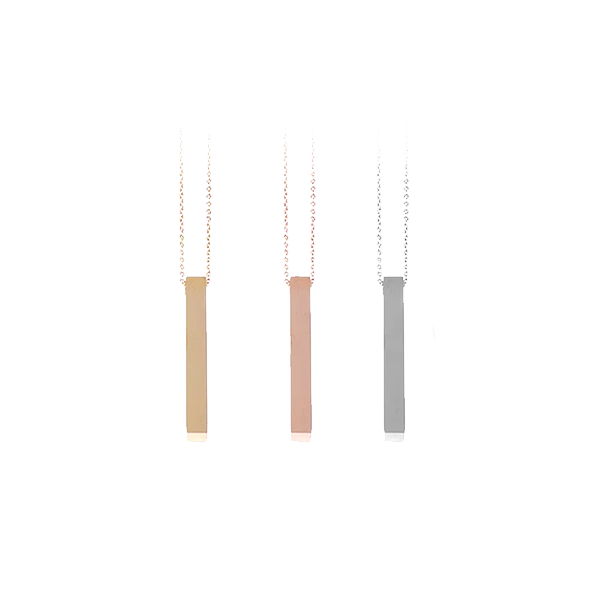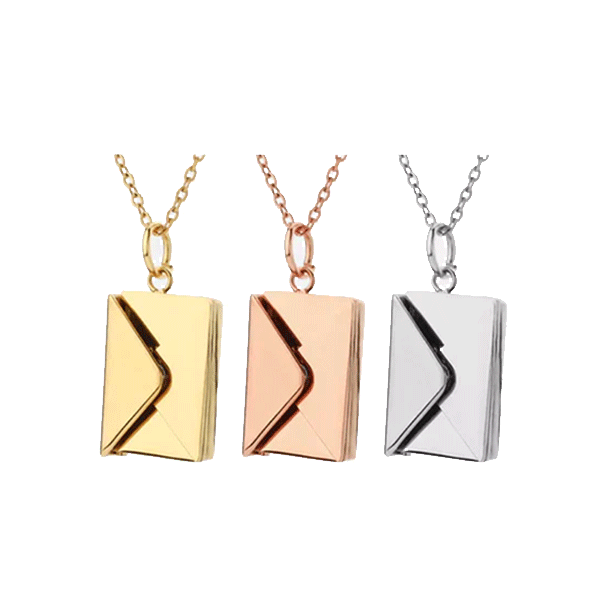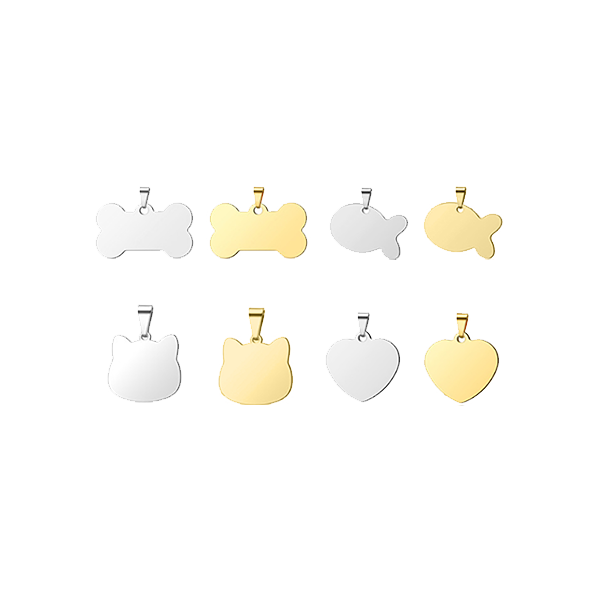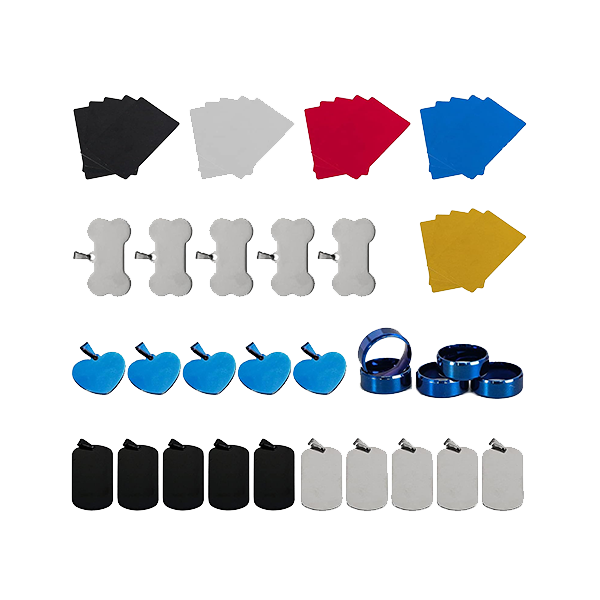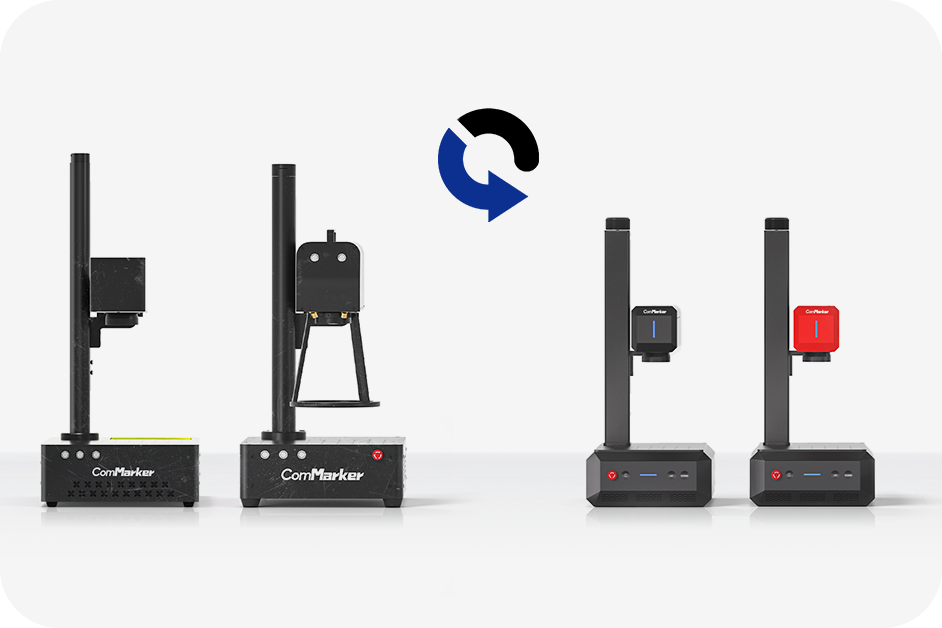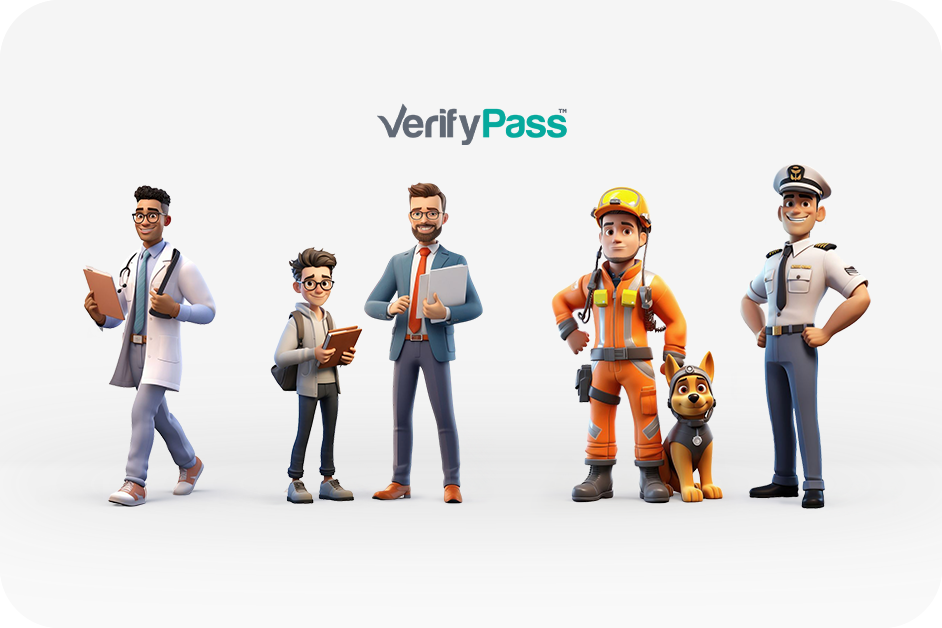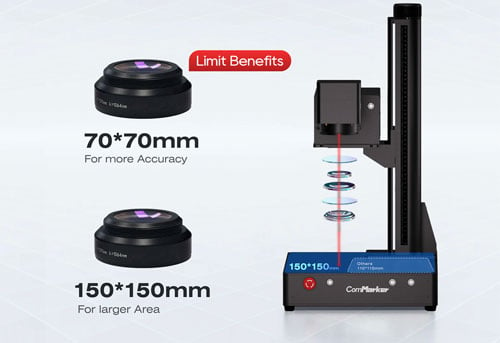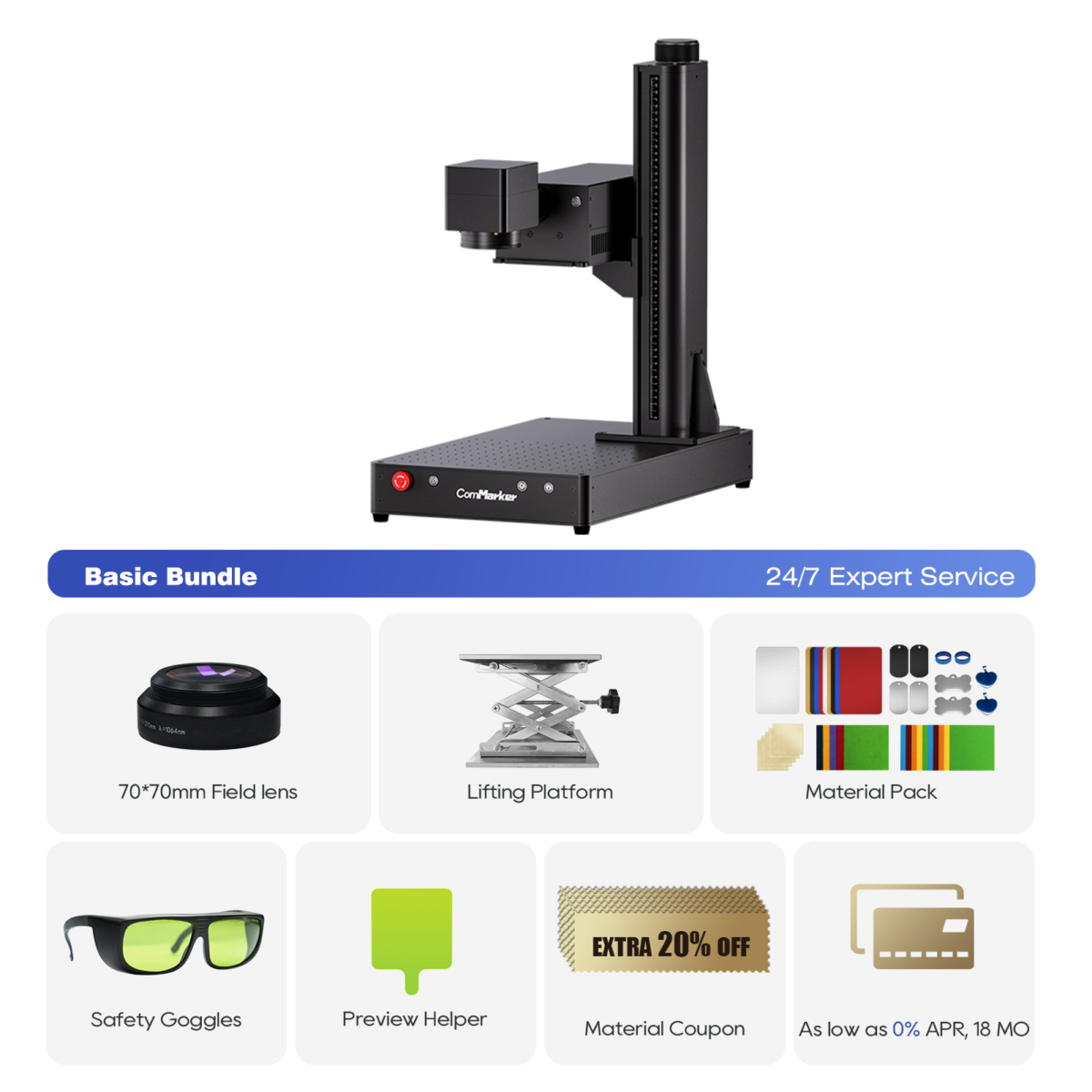を使用するときは、 レーザー彫刻機, matching the right レーザーソース with the proper フィールドレンズ isn’t just a technicality—it’s the secret to maximizing your engraving precision, 力, そしてスピード. Whether you’re working with metal, プラスチック, or ceramics, understanding how these two core components interact will directly impact the quality of your results. This guide will help you pair them effectively based on your material and application.
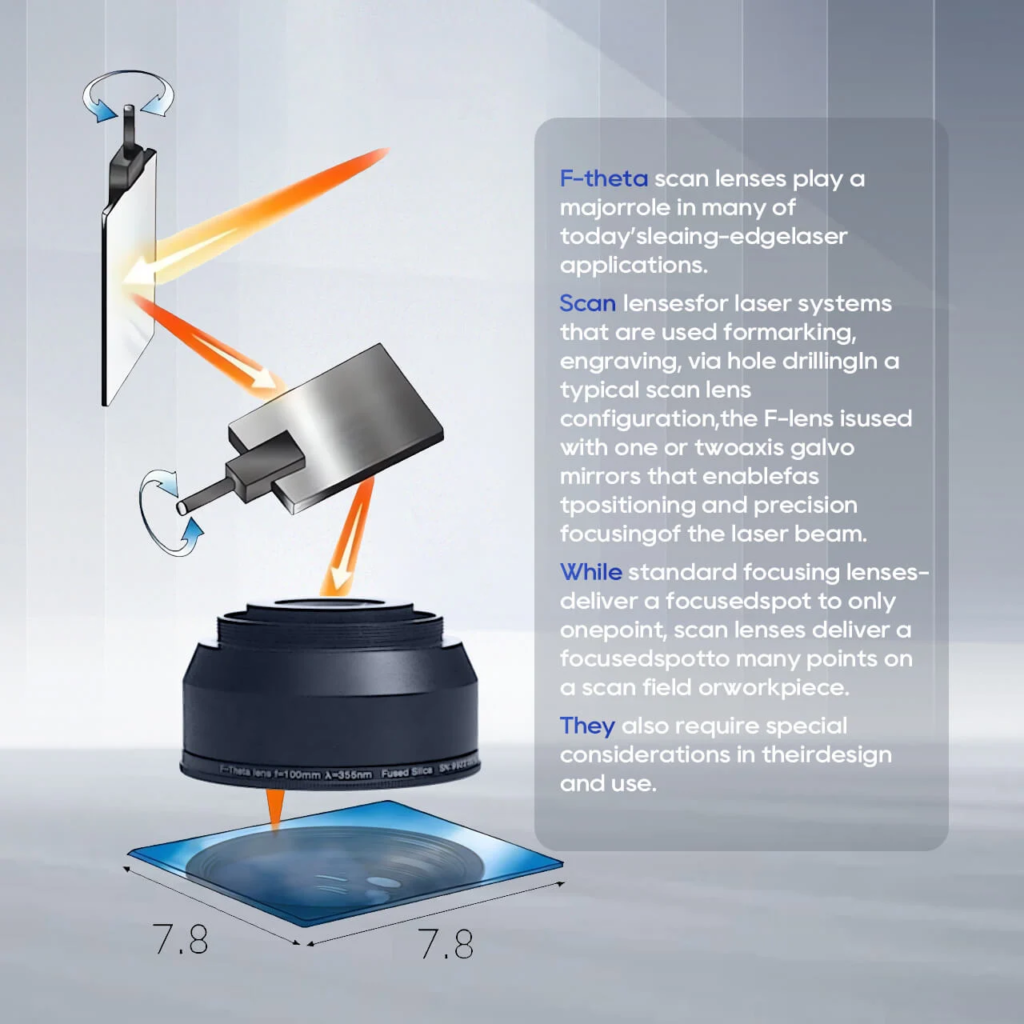
Understanding the Laser Source and Its Role
Before diving into lens selection, let’s review the three most common laser sources:
| レーザーの種類 | 波長 | 最適な用途 | Example Materials |
|---|---|---|---|
| CO₂ Laser | 10,600 nm | Organic materials | 木材, アクリル, レザー |
| ファイバーレーザー | 1,064 nm | 金属 & 硬質プラスチック | ステンレス鋼, アルミニウム, ABS |
| UVレーザー | 355 nm | Heat-sensitive & fine detail work | プラスチック, ガラス, セラミックス |
それぞれ レーザーソース emits light at a specific 波長, which affects how well it is absorbed by the target material. This is crucial because poor absorption means weak marking or even surface damage.

Choosing the Right Field Lens (F-Theta Lens)
の フィールドレンズ, also called an F-Thetaレンズ, determines your engraving area and focus characteristics. Important factors include:
- Focal Length (例えば, 100んん, 200んん): Shorter focal lengths = smaller working area, tighter focus = higher detail.
- スポットサイズ: Smaller spot size = higher precision, but less depth.
- Distortion: A good F-theta lens minimizes edge distortion in large working fields.
Typical Pairings for Efficiency
| レーザーの種類 | Typical F-Theta Lens | 使用事例 |
|---|---|---|
| CO₂ | 63.5mm or 100mm | Cutting/engraving wood or acrylic signs |
| ファイバ | 160mm or 254mm | Deep metal engraving or color marking |
| 紫外線 | 110mm or 150mm | QR code etching on plastics, IC chips, glass bottles |
ヒント: For the ComMarker オムニ 1 UVレーザー彫刻機, a 110mm field lens gives excellent accuracy on small plastics, while a 150mm lens is better for glass or ceramic surfaces.

Matching Considerations That Matter
- 波長の互換性
A lens designed for 1064nm (ファイバ) won’t transmit 355nm (紫外線) effectively. Make sure your lens matches your laser source wavelength. - Engraving Area vs. 精度
Larger field lenses cover more surface area, but with a larger spot size. If you’re marking fine logos or QR codes, use a smaller lens. - 材質の種類
- 金属: ファイバーレーザー + 254mm lens for coverage or 160mm for depth.
- プラスチック: UVレーザー + 110mm lens = crisp, high contrast.
- Organic: CO₂ + 63.5mm = fine details on wood or leather.
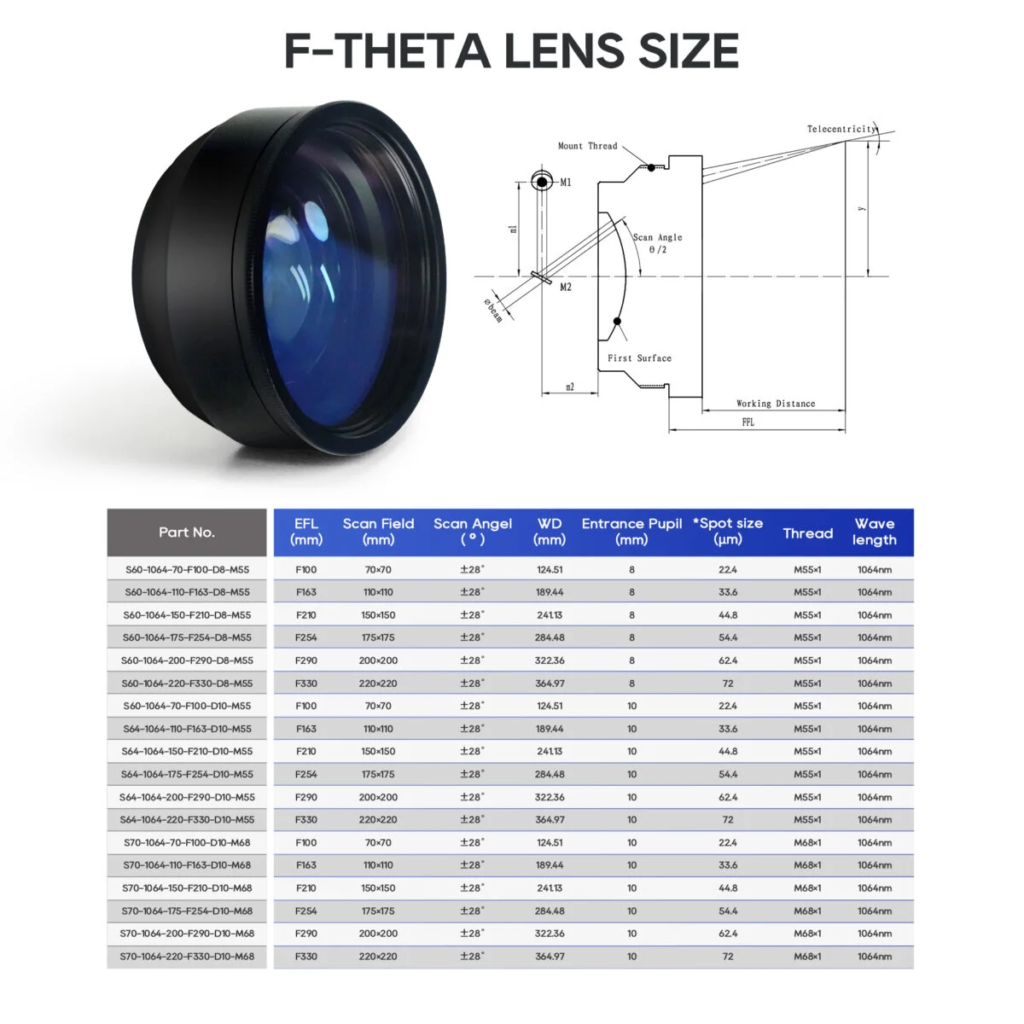
Recommended Setups for Beginners and Professionals
| 材料 | Best Laser Type | Ideal Lens | 使用事例 |
|---|---|---|---|
| ステンレス鋼 | ファイバーレーザー | 160んん | Deep engraving, ツール |
| Plastic Products | UVレーザー | 110んん | シリアルナンバー, QRコード |
| ガラス製品 | UVレーザー | 150んん | Logos on bottles |
| Leather Tags | CO₂ Laser | 63.5んん | カスタムブランディング |
コムマーカーオムニ 1 レーザー彫刻機
あらゆる素材を解き放つ次世代レーザー. ZeroBurn™ 彫刻テクノロジー 世界初の 16K HD レーザー彫刻機 10,000mm/s SpeedMax™ 彫刻システム UV レーザーですべての素材のロックを解除 ColdFront™ サーマルテクノロジー 電動リフティング 2 EZCADおよびLightBurn 360°回転彫刻システムと互換性のあるオプションのレンズ
Matching Smartly Maximizes Your Laser Engraver’s Potential
Choosing the right combination of laser source and lens is the foundation of getting pro-level engraving results—without wasting time or materials. If you’re just getting started or upgrading your current setup, の コムマーカーオムニ 1 紫外線 offers pre-configured lens options with powerful wavelength precision, making it a flexible solution for plastic, ガラス, 石, and metal engraving.
Looking for an all-in-one solution? Check out the コムマーカーオムニ 1—a professional-grade laser engraver with customizable lens options and versatile UV laser power.




